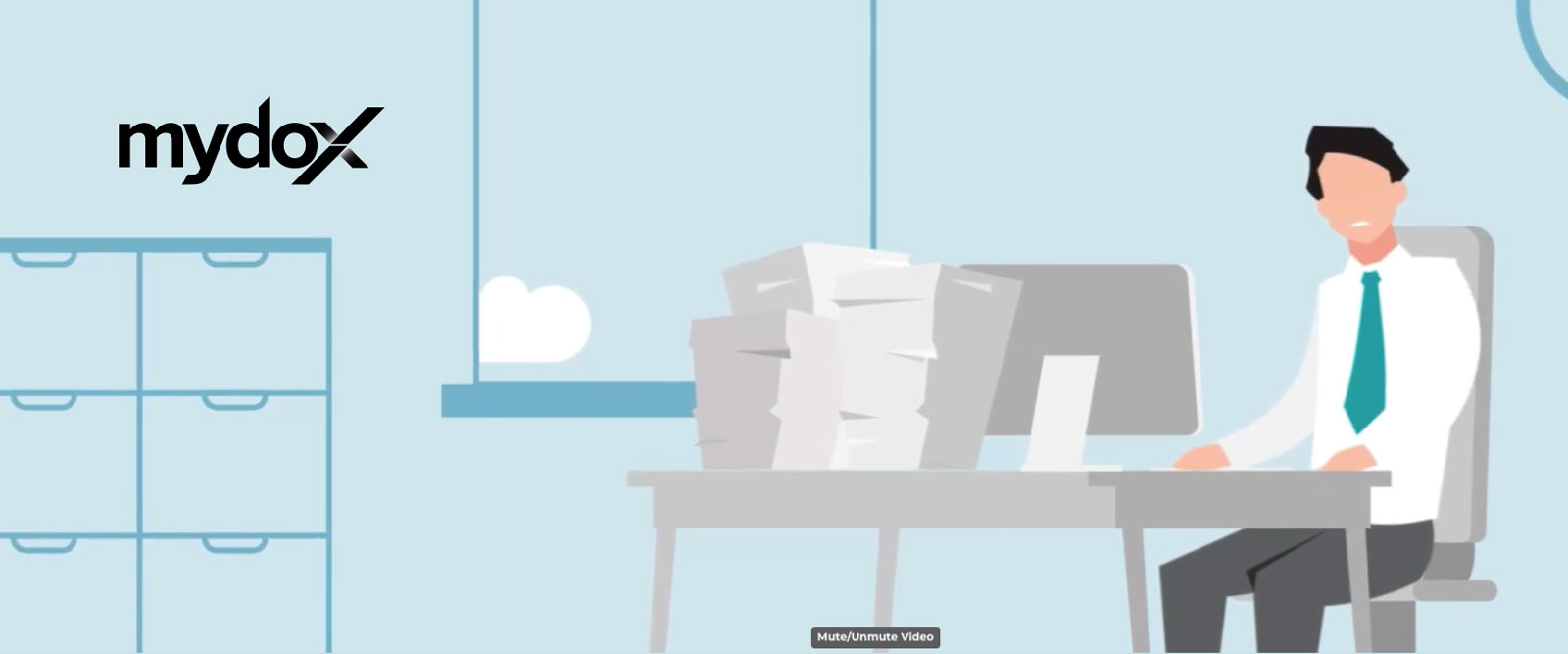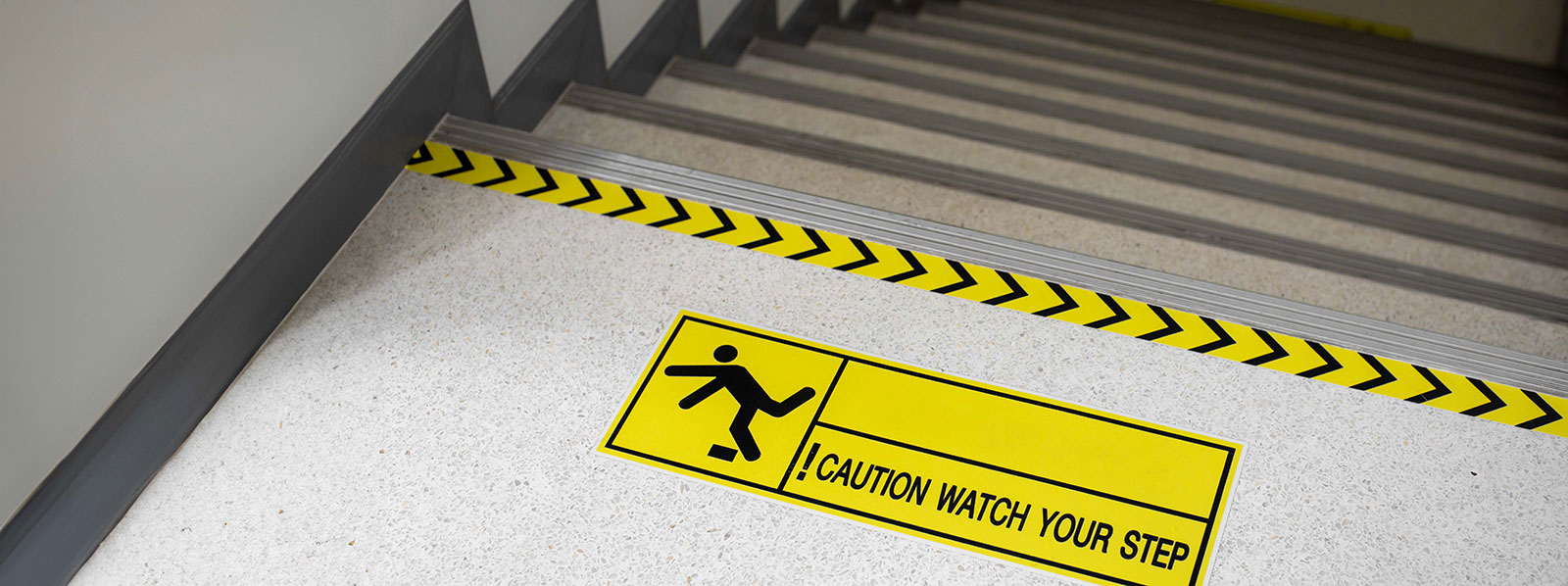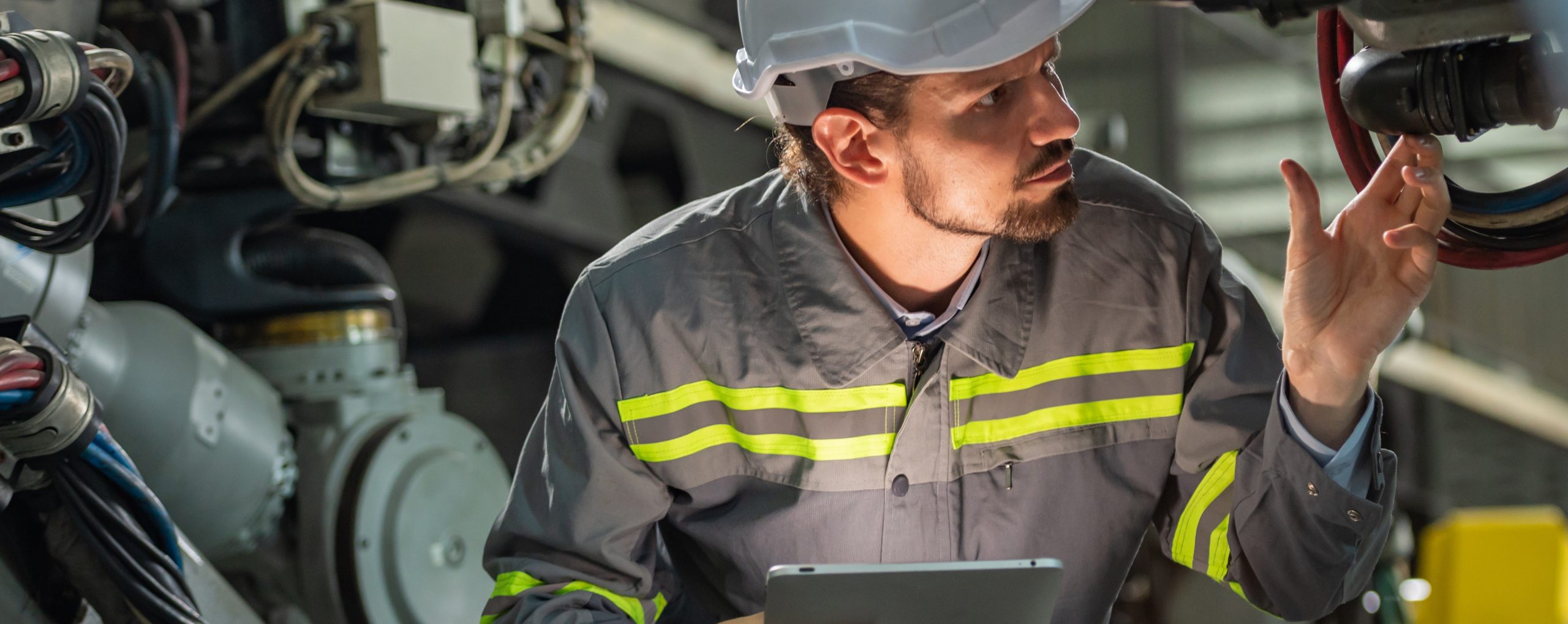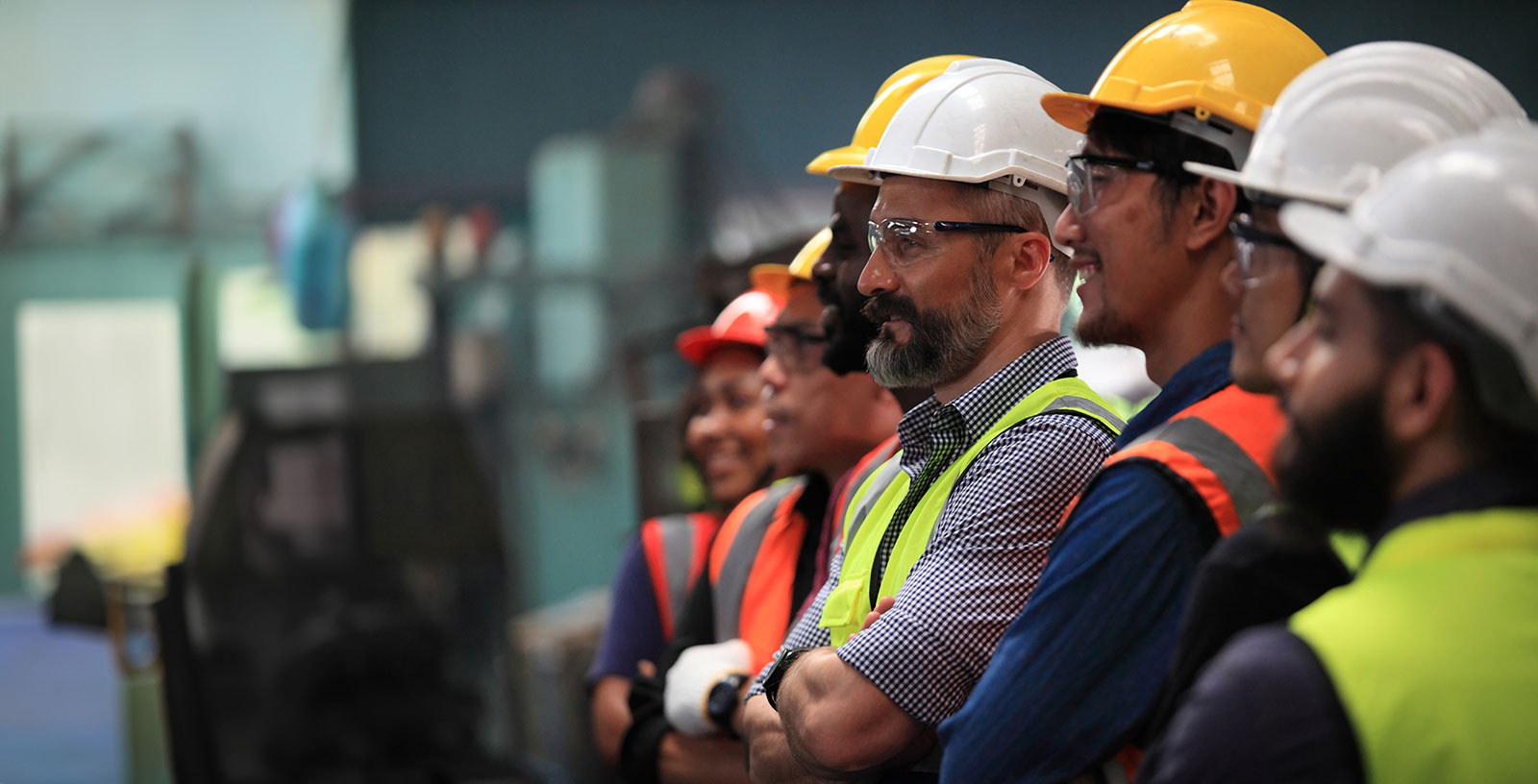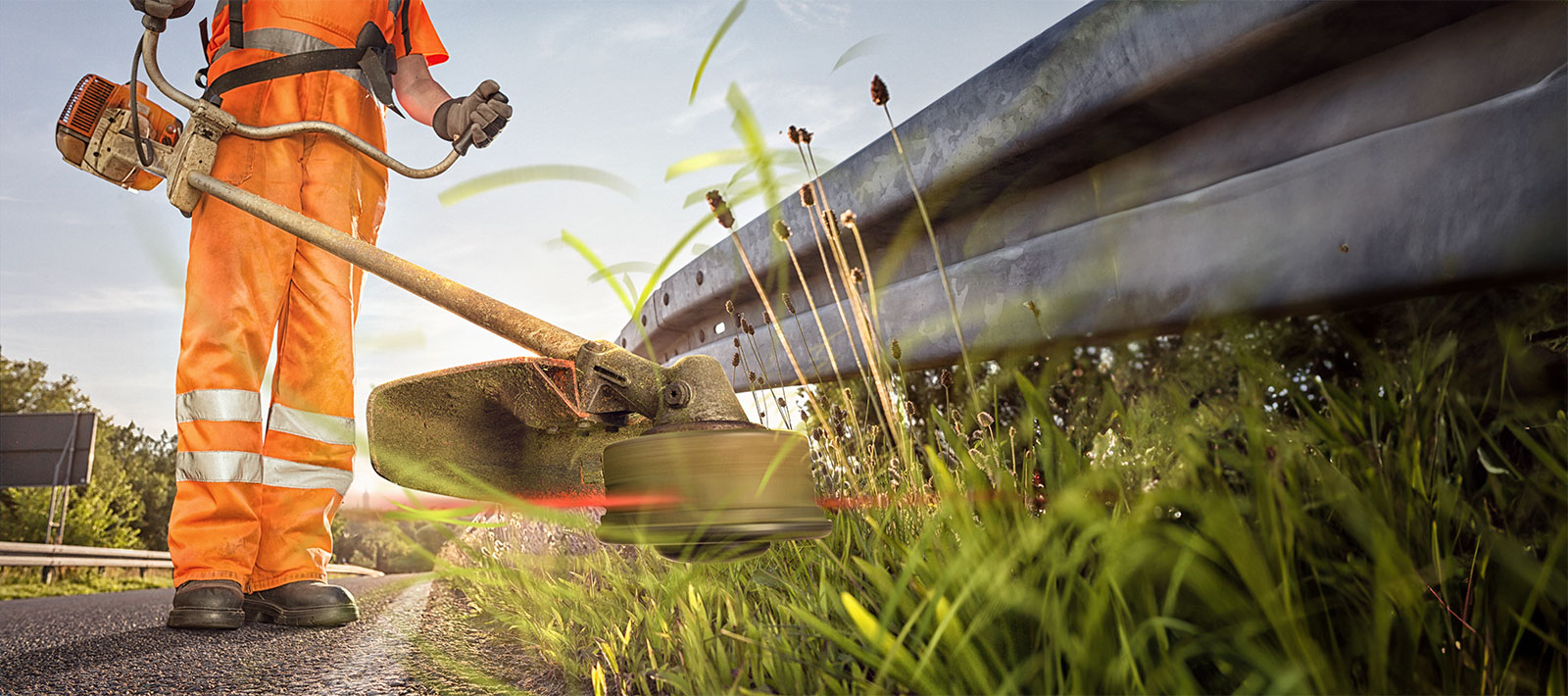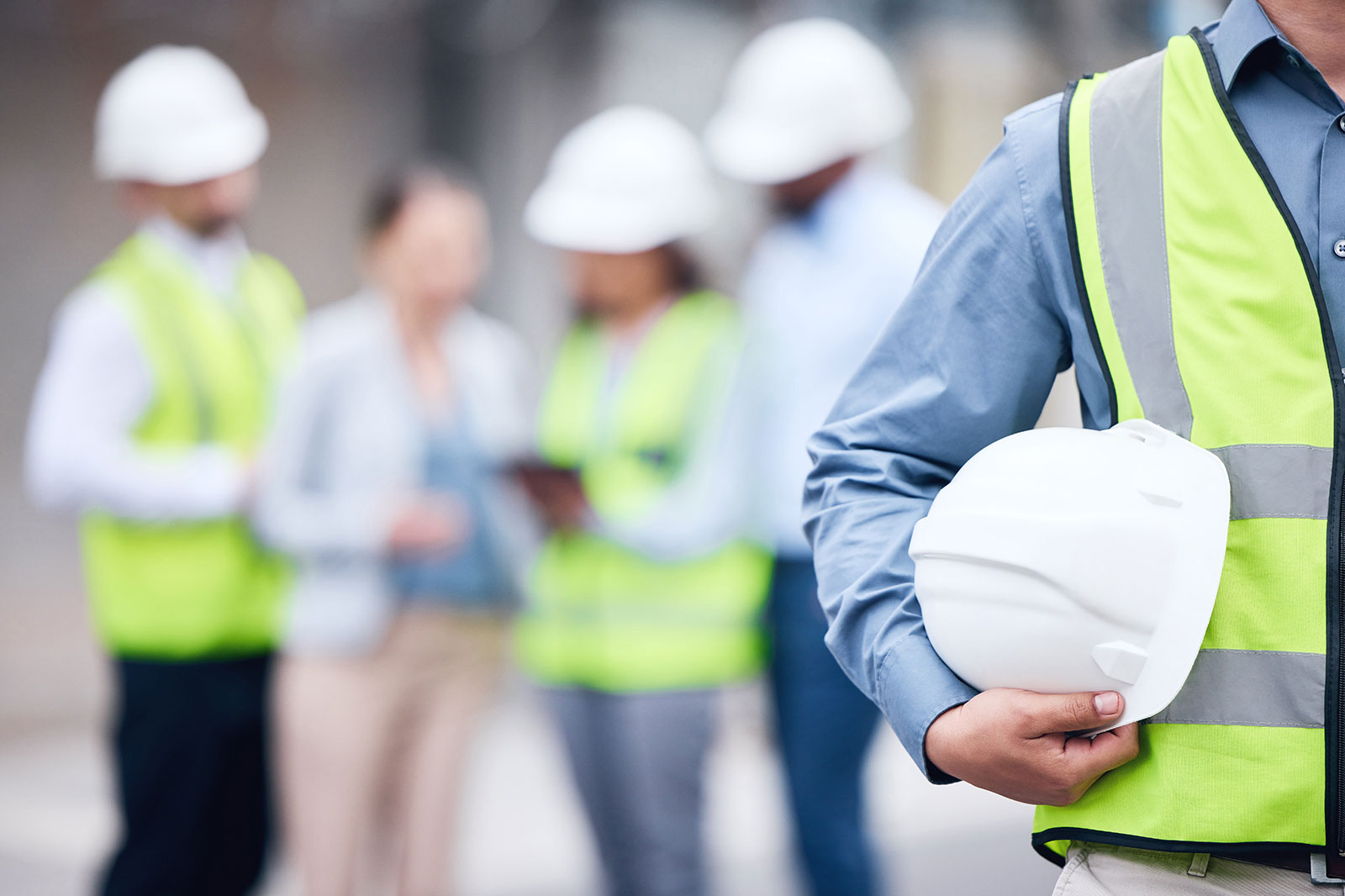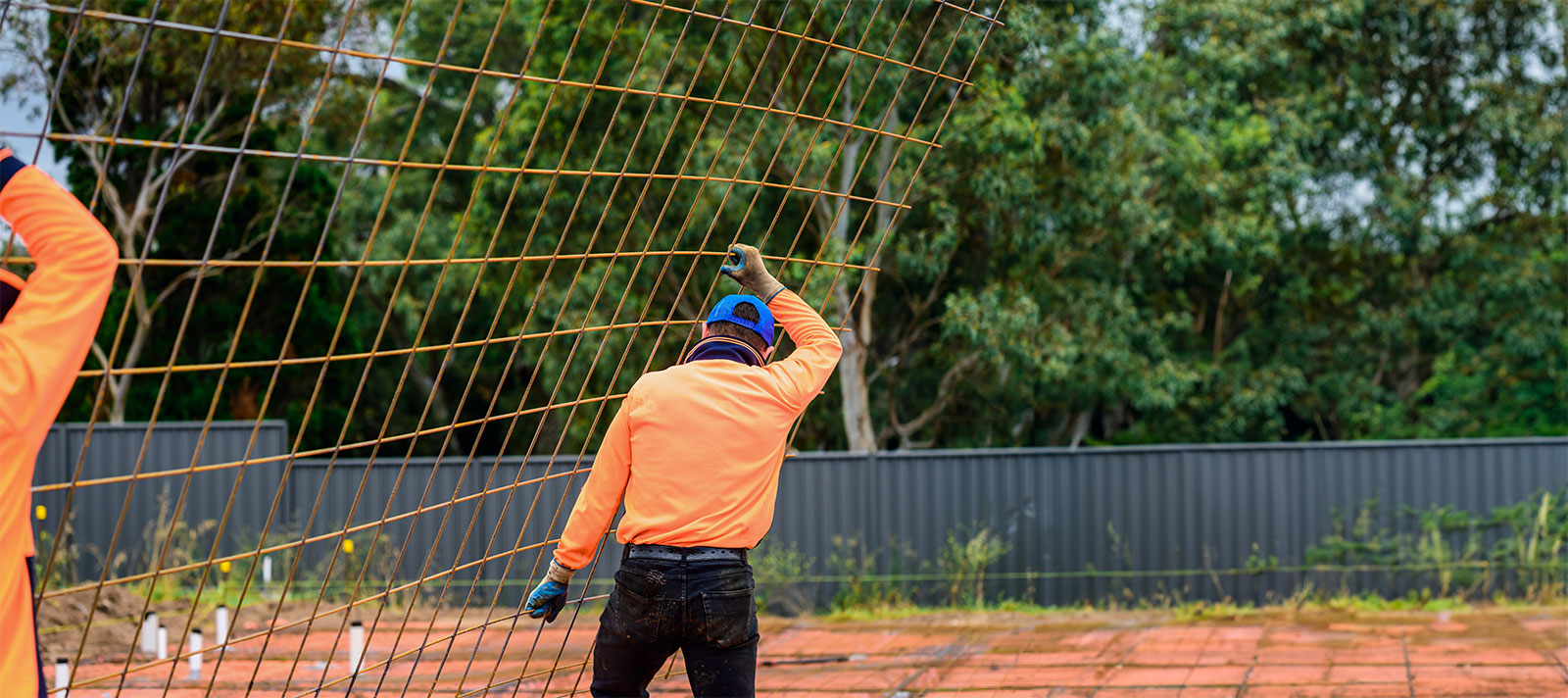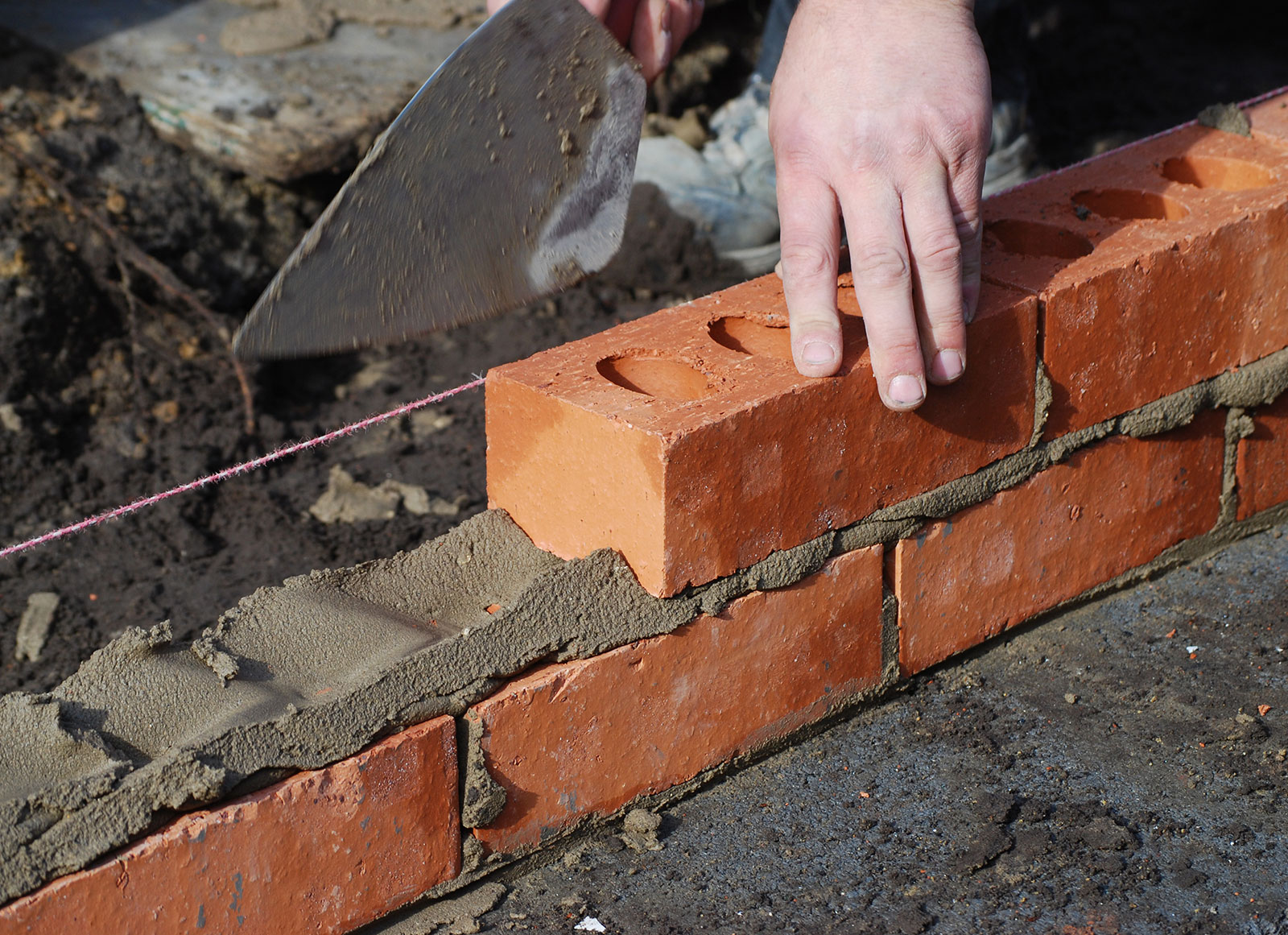
Safety risks in the Construction Industry
Heights
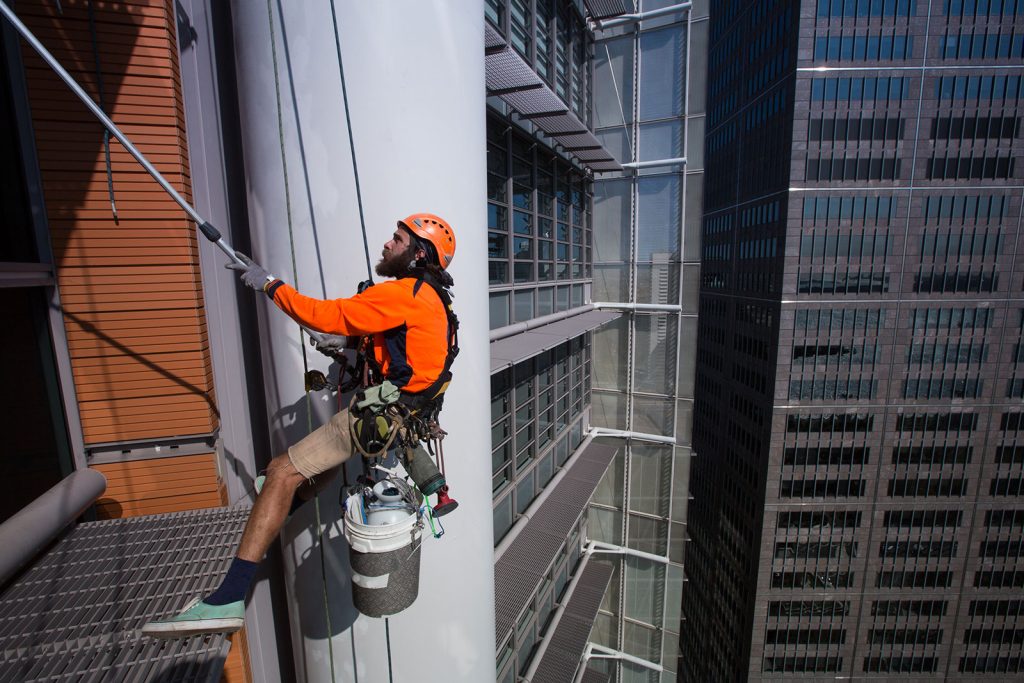
Fall from heights is a significant risk in the construction and industrial sectors and requires management of equipment, procedures, team training, awareness, inductions and safe work method statements (SWMS).
Workers risk injury or death when they fall from one level to another or even falling at the same level. WHS regulations require specific control measures when people are working at specified heights in different places of work. Preventative measures should be taken to prevent falls when people are working:
- on plant or structures that help gain access to an elevated level
- near openings they could fall through near edges they could fall over
- on or near a surface they could fall through
- or near slippery, sloping or unstable surfaces.
Electrical hazards
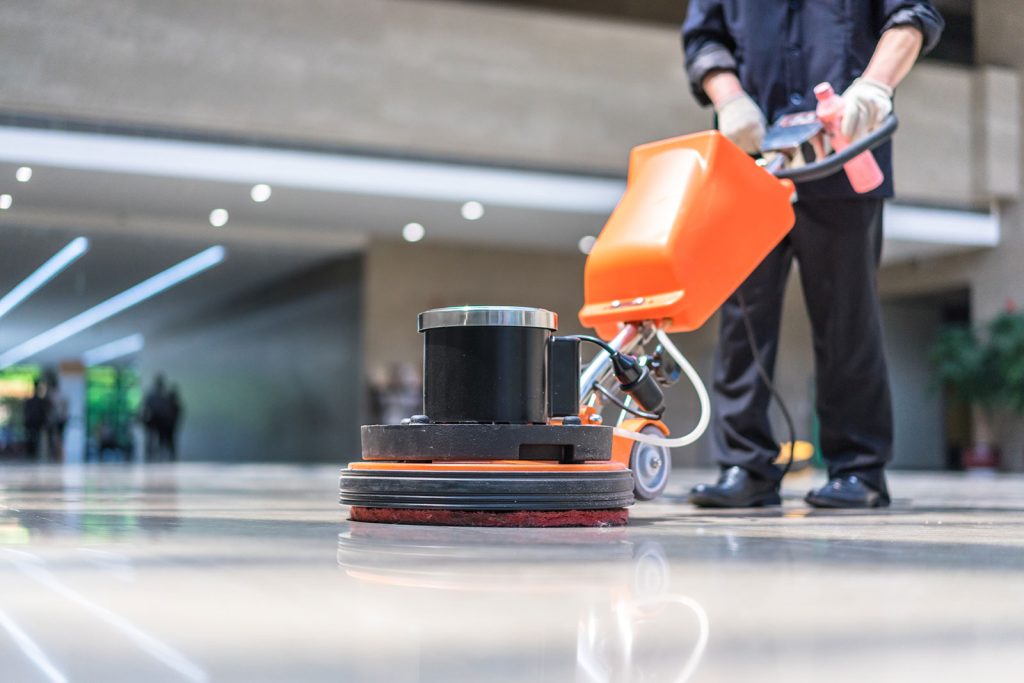
Electrical hazards in the workplace refer to potential dangers associated with the use of electricity that can pose a risk to the safety and health of individuals in a given work environment. These hazards can lead to electrical accidents, injuries, or even fatalities if not properly managed. Identifying and mitigating electrical hazards is crucial to ensure the well-being of workers and prevent damage to equipment. Some common electrical hazards in the workplace are:
- Electric shock
- Arc Flash
- Arc Blast
- Electrical fires
- Overloaded circuits
- Exposed wiring
- Inadequate grounding
- Unsafe electrical equipment
- Working near power lines
- Lack of electrical safety training
- Inadequate Lockout/Tagout procedures
Confined spaces
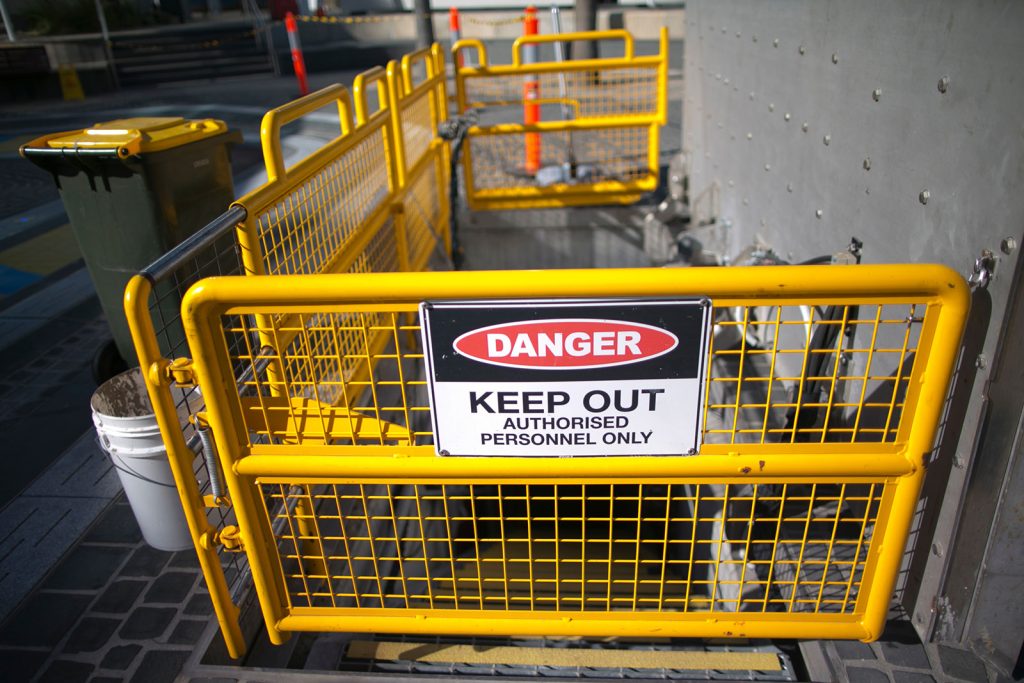
A confined space is defined by certain characteristics that distinguish it from other workspaces. Examples of a confined space are:
- Tanks
- Silos
- Vats
- Boilers
- Pipelines
- Sewers and underground vaults
- Workshop pits
Working in confined spaces poses unique challenges and risks due to factors such as limited ventilation, restricted access, and the potential for hazardous atmospheres. Therefore, safety protocols and regulations are often in place to ensure the protection of workers. Employers are required to conduct thorough assessments of confined spaces, implement proper safety measures, and provide appropriate training for workers entering and working in these spaces. Additionally, the use of permits, known as confined space entry permits, is common to control and authorize work in confined spaces.
Mitigating risks
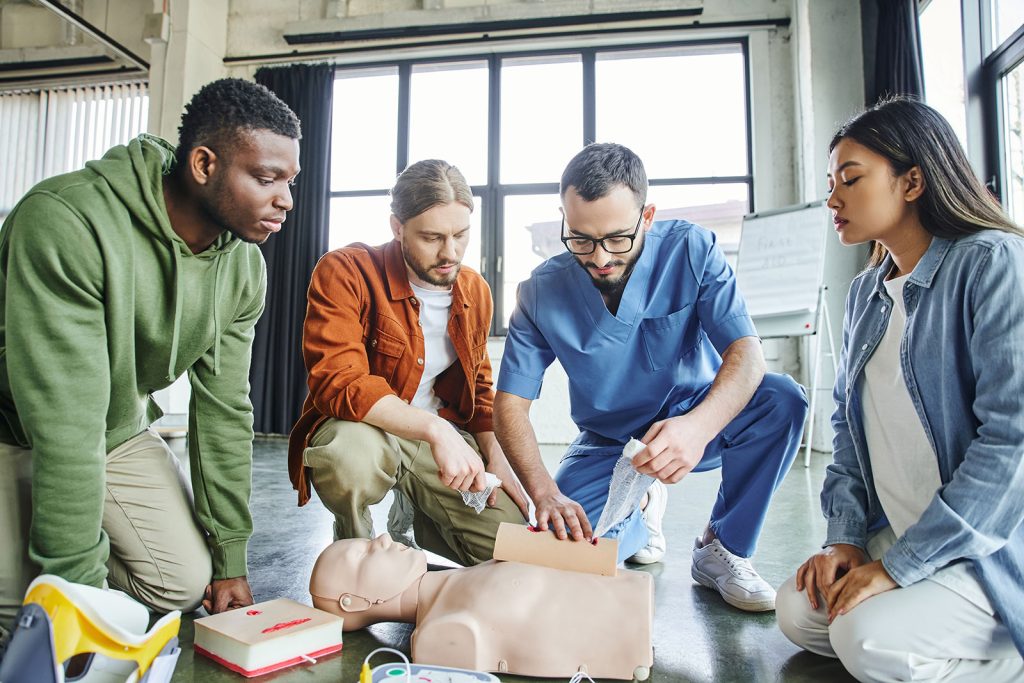
Mitigating the risks associated with construction is crucial to ensuring the safety of workers in various industries, particularly in construction, maintenance and other elevated work environments, including:
- Risk Assessments
- Hierarchy of Controls
- Elimination and substitution
- Engineering controls
- Administrative controls
- Personal protective equipment
- Guardrails and barriers
- Safety nets
- Training and awareness
- Emergency preparedness
- Regular inspections and maintenance
Compliance with relevant safety regulations, standards, and guidelines is essential to create a safe working environment and prevent falls from height. Additionally, fostering a strong safety culture within the workplace promotes awareness and adherence to safety protocols among all personnel.


